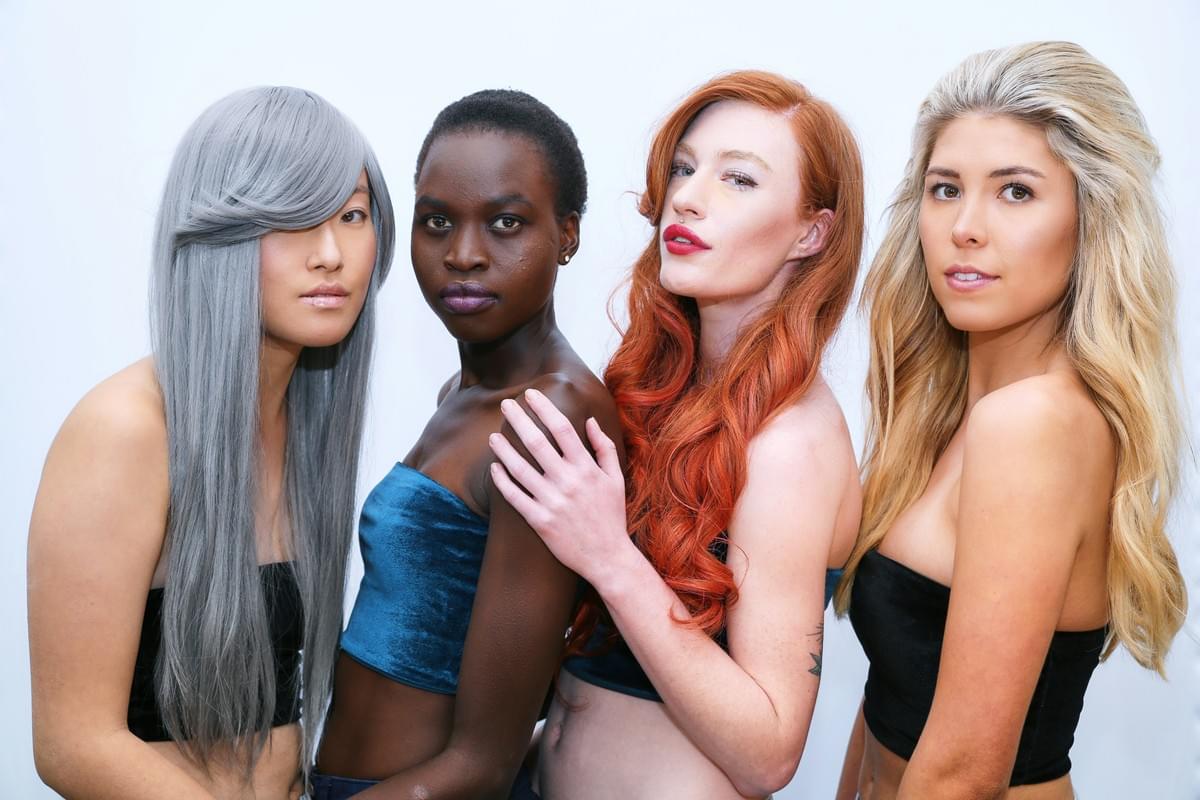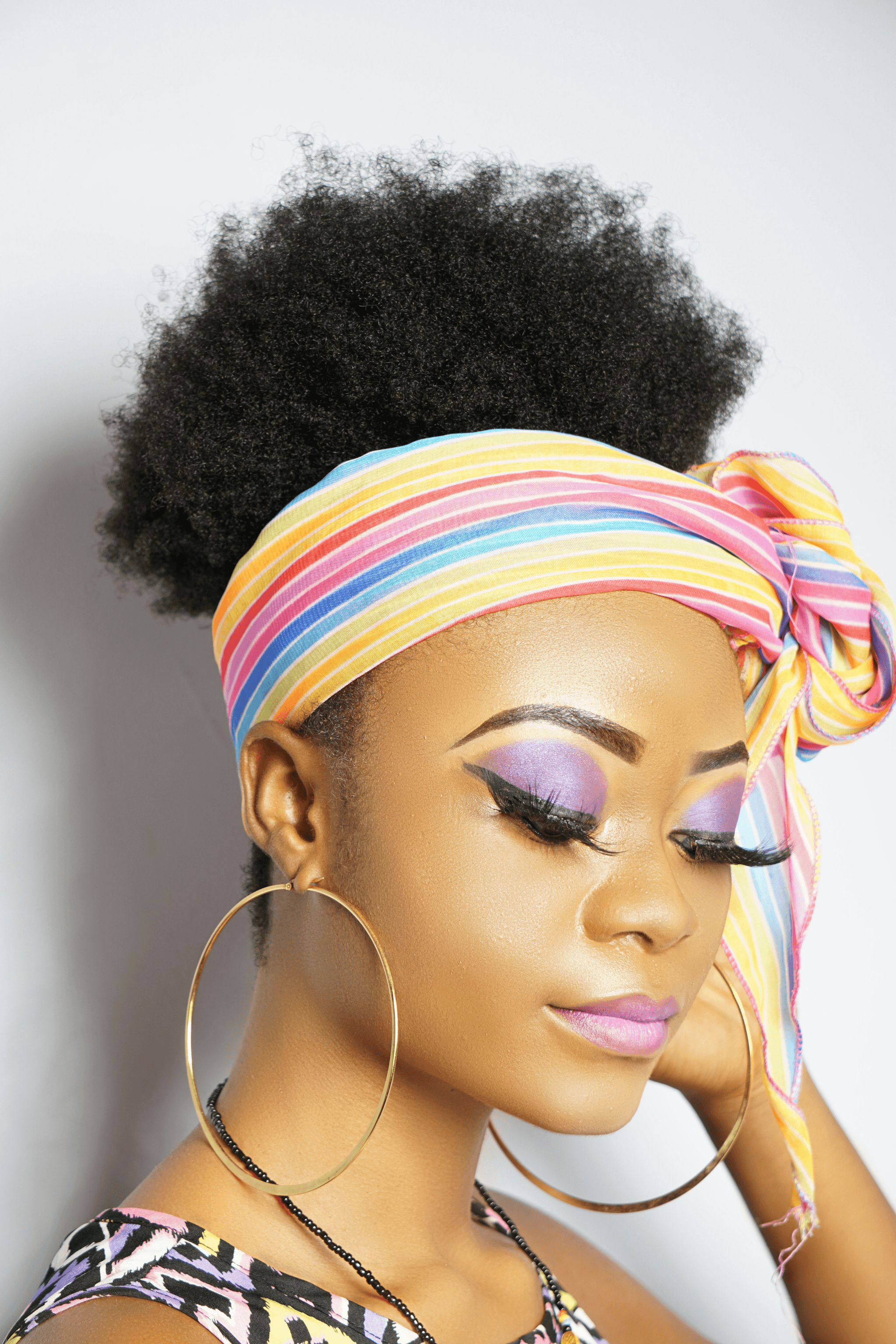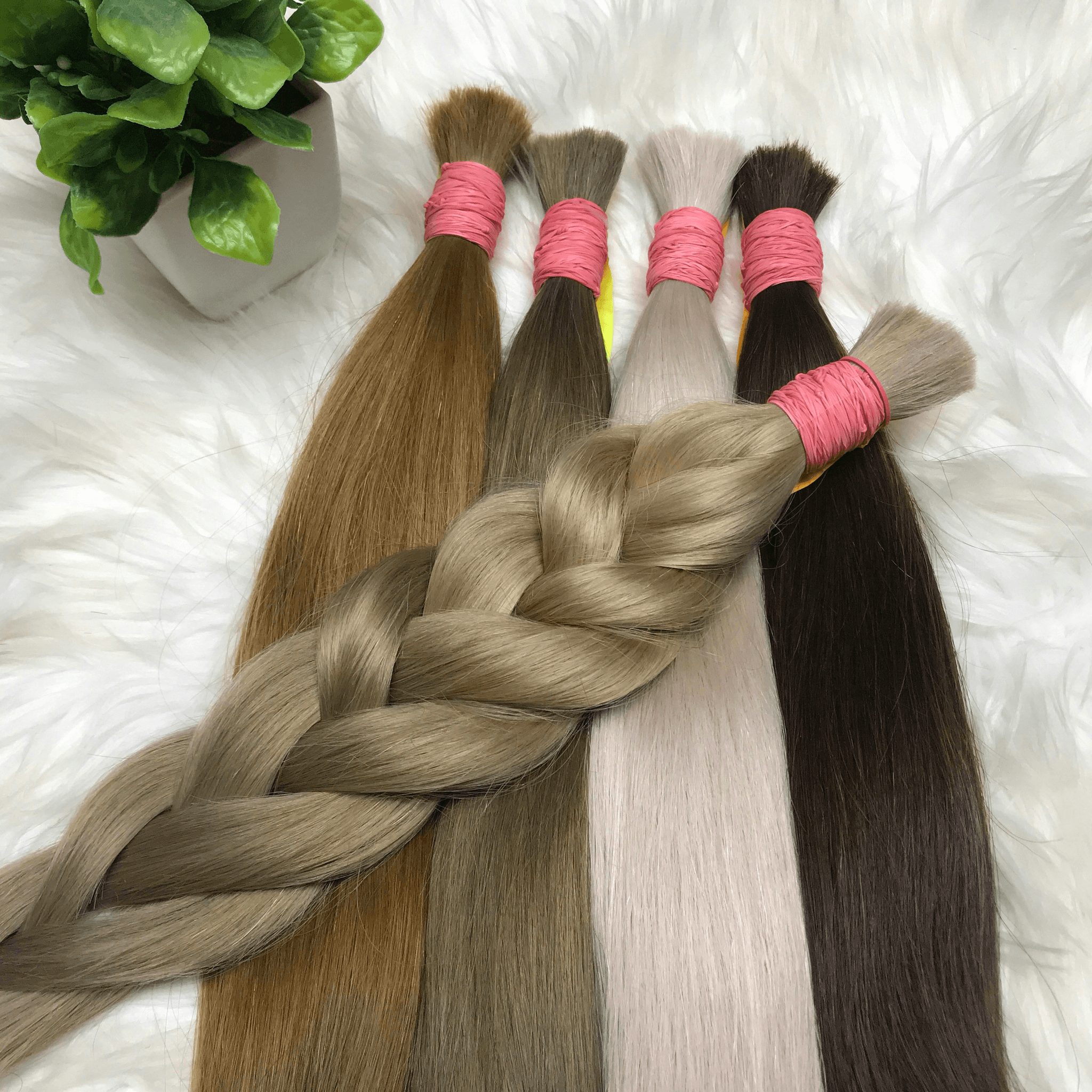Introduction

The hair extension industry is a thriving market, and unlocking the secrets of hair bundles can lead to substantial profits for savvy entrepreneurs. With the right strategies in place, selling bundles of hair can transform into a lucrative venture that caters to a diverse clientele. Understanding the nuances of this business is essential for anyone looking to dive into the world of hair extensions.
Unlocking the Secrets of Hair Bundles
To truly excel at selling bundles of hair, one must first grasp what makes these products appealing to consumers. Factors such as quality, texture, and color play pivotal roles in attracting buyers and ensuring repeat sales. Moreover, knowing how many bundles of hair make 1kg can help you optimize your inventory management and pricing strategies effectively.
The Profit Potential in Hair Extensions
Is selling hair extensions profitable? Absolutely! The demand for high-quality hair has surged as more people seek versatile styling options without committing to permanent changes. By tapping into this growing market and understanding how much do hair vendors cost, you can set yourself up for success while maximizing your profit margins.
Essential Factors for Successful Sales
When it comes to selling bundles of hair, several essential factors contribute to successful sales outcomes. Effective pricing strategies are crucial; knowing how to price hair bundles competitively while maintaining quality will set you apart from competitors. Additionally, identifying the best place to sell wigs online can significantly enhance your visibility and attract potential buyers eager for premium products.
Understanding the Hair Extension Market

The hair extension market is booming, and understanding its dynamics is crucial for anyone looking to dive into selling bundles of hair. With a variety of styles, textures, and lengths available, trends are constantly evolving. Staying updated on these trends will not only help you cater to customer preferences but also give you a competitive edge.
Trends in Selling Bundles of Hair
One major trend in selling bundles of hair is the increasing demand for natural-looking textures that blend seamlessly with various hair types. Consumers are gravitating towards high-quality extensions that offer versatility—think clip-ins, tape-ins, and sew-ins. Additionally, eco-friendly options and ethically sourced hair are gaining traction as customers become more conscious about their purchases.
Another trend is the rise of online sales platforms which have transformed how people shop for hair extensions. With more individuals opting to buy from the comfort of their homes, understanding how many bundles of hair make 1kg can be essential for effective inventory management and pricing strategies. This knowledge allows sellers to create attractive bundle deals that resonate with buyers seeking value without compromising on quality.
Lastly, social media plays a pivotal role in shaping consumer behavior within this market. Influencer partnerships and user-generated content can significantly boost visibility and credibility when selling hair extensions online. Therefore, establishing a strong online presence through platforms like Instagram or TikTok can be a game changer for anyone looking to thrive in this space.
Identifying Target Customers for Hair Products
Identifying your target customers is key when selling bundles of hair; it's not just about who buys but why they buy. Your primary audience often includes women aged 18-35 who seek versatility in their hairstyles or want to enhance their natural look with extensions. However, it’s also important to consider niche markets such as professionals in the beauty industry or those preparing for special occasions like weddings or proms.
Understanding customer demographics helps tailor your marketing strategies effectively; knowing where they hang out online will guide you on which platforms to focus your efforts—be it Facebook groups dedicated to beauty tips or Instagram pages showcasing hairstyle inspirations. Furthermore, engaging with potential buyers through surveys or polls can reveal insights into preferences regarding colors, lengths, and textures they desire most.
As you delve deeper into identifying your target audience, remember that pricing plays an essential role too—many consumers weigh cost against quality when deciding whether “is selling hair extensions profitable?” becomes relevant for them personally as well as for sellers like yourself aiming to maximize profits.
Market Research for Selling Hair Extensions
Conducting thorough market research is indispensable when venturing into selling bundles of hair effectively. Start by analyzing competitors: what products are they offering? How much do they charge? Understanding these factors gives insight into how much do hair vendors cost while allowing you to position yourself strategically within the market landscape.
Additionally, tools like Google Trends can provide valuable data on what consumers are searching for related to wigs and extensions—this information could help refine your product offerings based on current demand patterns. Engaging directly with potential customers through feedback forms after purchases also provides qualitative data that enhances future offerings while aligning them better with consumer expectations.
Finally, don’t overlook seasonal trends; holidays often spur increased interest in purchasing wigs online as people prepare for parties or family gatherings where appearance matters more than usual! Knowing the best place to sell wigs online during peak times can significantly influence sales figures while ensuring you're always ahead of the curve in this ever-evolving industry.
How to Price Hair Bundles Effectively

Pricing your hair bundles effectively is crucial for standing out in the competitive world of selling bundles of hair. A well-thought-out pricing strategy not only attracts customers but also ensures that you maintain healthy profit margins. Understanding the nuances of how to price hair bundles can make or break your business, so let’s dive into some key strategies.
Strategies for Competitive Pricing
When it comes to selling bundles of hair, competitive pricing is essential. Start by researching what similar products are being sold for in the market—this will give you a baseline for your own prices. Consider implementing tiered pricing based on quality; for instance, premium extensions can be priced higher while still offering affordable options for budget-conscious buyers.
Another effective strategy is bundling products together; offering discounts on multiple purchases can entice customers to buy more, increasing your overall sales volume. Keep an eye on seasonal trends and sales events; adjusting prices during peak shopping times can help maximize profits while keeping you competitive. Remember, the question isn’t just “Is selling hair extensions profitable?” but also “How can I make my pricing work harder for me?”
Factors Influencing Bundle Pricing
Several factors influence how much you should charge when selling bundles of hair. First and foremost is the cost associated with sourcing quality products—understanding how much do hair vendors cost will help set a foundation for your pricing structure. Additionally, consider overhead costs such as shipping and marketing expenses that need to be factored into your final price.
Market demand plays a significant role as well; if there’s a surge in interest or trends leaning towards specific styles or colors, don’t hesitate to adjust your prices accordingly. Finally, customer perception matters greatly: high-quality images and compelling descriptions can justify higher prices and attract discerning buyers who prioritize quality over cost.
How to Calculate Your Profit Margins
Calculating profit margins when selling bundles of hair involves more than just subtracting costs from sales prices—it requires a keen understanding of all variables involved in the transaction process. Start by determining both fixed and variable costs associated with each bundle sold; this includes everything from production costs to marketing expenses like social media ads targeting the best place to sell wigs online.
Once you have these figures, use this formula: (Selling Price - Total Costs) / Selling Price = Profit Margin Percentage. Aim for a healthy margin that reflects both your investment in quality products and the value you're providing customers—after all, no one wants their business model asking “How many bundles of hair make 1kg?” instead of focusing on profitability!
Sourcing Quality Hair Vendors

When embarking on your journey to sell bundles of hair, one of the most crucial steps is sourcing quality hair vendors. The right vendor can make or break your business, as the quality of the hair directly impacts customer satisfaction and repeat purchases. After all, if you’re wondering if selling hair extensions is profitable, remember that it largely hinges on the quality you offer.
Evaluating How Much Do Hair Vendors Cost
Understanding how much do hair vendors cost is essential for budgeting and pricing your bundles effectively. Prices can vary dramatically based on factors like origin, type of hair (virgin vs. processed), and vendor reputation. Generally speaking, expect to invest anywhere from $100 to $500 per kilogram—keep in mind that a standard bundle weighs about 100 grams; so how many bundles of hair make 1kg? That's about ten!
Building Relationships with Reliable Suppliers
Building relationships with reliable suppliers isn't just good business practice; it's an investment in your future success in selling bundles of hair. A trustworthy vendor will not only provide consistent quality but also offer insights into market trends and upcoming styles that could enhance your inventory. Cultivating these relationships often leads to better prices and exclusive deals—making it easier for you to learn how to price hair bundles competitively.
The Importance of Quality in Selling Bundles of Hair
High-quality extensions not only look better but also last longer, leading to happier customers who are likely to return for more—thus enhancing the profitability aspect of selling hair extensions! Remember, a satisfied customer is your best advertisement; they’ll spread the word faster than you can say best place to sell wigs online.
Marketing Your Hair Bundles
Marketing is the lifeblood of any business, and when it comes to selling bundles of hair, a well-crafted strategy can set you apart from the competition. With the right approach, you can tap into a vast audience eager to buy hair extensions that suit their style and needs. In this section, we'll explore innovative marketing techniques tailored specifically for your hair bundle business.
Utilizing Social Media for Hair Sales
Social media platforms are treasure troves for reaching potential customers interested in hair extensions. Instagram, TikTok, and Facebook provide visual stages where you can showcase your products effectively; whether it's through stunning photos or engaging videos demonstrating how to use your bundles of hair. By consistently posting and interacting with followers, you create a community that not only buys but advocates for your brand.
Moreover, consider collaborating with influencers who specialize in beauty and fashion; they can help amplify your reach significantly. You might be wondering how many bundles of hair make 1kg? This question often arises during discussions about bulk purchases on social media forums—another opportunity to engage potential buyers by providing valuable information. The key is to be active and responsive on these platforms while highlighting the profitability of selling hair extensions.
Crafting Engaging Content to Attract Buyers
Content is king in the digital world, especially when selling bundles of hair online. Crafting engaging blog posts or videos that educate customers about different types of hair extensions can draw traffic to your site while establishing your expertise in the market. For example, explaining how to price hair bundles competitively or detailing how much do hair vendors cost can attract both novice buyers and seasoned salon owners looking for reliable suppliers.
Use storytelling techniques in your content to connect emotionally with potential buyers; share testimonials from satisfied customers or before-and-after transformations using your products. This not only builds trust but also encourages readers to envision themselves benefiting from your offerings—making them more likely to purchase those coveted bundles of hair! Remember that an entertaining approach will keep customers returning for more insights.
Best Place to Sell Wigs Online
When considering the best place to sell wigs online, various e-commerce platforms come into play—each offering unique advantages depending on your target market and sales strategy. Websites like Etsy cater well to handmade or unique items while Shopify provides a customizable storefront experience ideal for branding yourself as a go-to source for quality extensions. Don't overlook social media marketplaces either; they allow direct selling without needing an intermediary website.
Additionally, consider leveraging popular marketplaces like Amazon or eBay where millions shop daily; just ensure you're clear about pricing strategies so you remain competitive within these bustling environments! It's essential always to evaluate where most sales occur—ask yourself: Is selling hair extensions profitable on this platform? A little research goes a long way toward finding that sweet spot where visibility meets sales volume.
Customer Engagement and Support

In the competitive world of selling bundles of hair, customer engagement and support are paramount to building a loyal clientele. Establishing a connection with potential buyers can significantly influence their purchasing decisions. By focusing on trust, personalized experiences, and effective follow-up strategies, you can enhance customer satisfaction and boost sales.
Building Trust with Potential Buyers
Building trust with potential buyers is essential when selling bundles of hair, especially given the number of options available in the market. Transparency about your products—like how many bundles of hair make 1kg—can help demystify the buying process for customers. Additionally, sharing testimonials or reviews from satisfied clients can reinforce credibility and encourage new customers to take the plunge.
To further enhance trust, ensure that your website or social media profiles are professional and informative. Highlight any certifications or partnerships with reputable suppliers to reassure buyers about product quality. Remember, a trustworthy reputation can be one of your strongest marketing tools when exploring if selling hair extensions is profitable.
Providing Personalized Support Like Comfy Wigs
Personalized support is a game-changer in the hair extension industry; think Comfy Wigs level service! When customers feel valued through tailored assistance—like recommendations based on their preferences—they're more likely to return for future purchases. This approach not only enhances customer experience but also encourages word-of-mouth referrals that can expand your reach in selling bundles of hair.
Consider implementing chat support or personalized email responses to address inquiries about pricing strategies or how much do hair vendors cost effectively. Engaging with customers directly shows you care about their needs beyond just making a sale; it fosters brand loyalty that keeps them coming back for more!
Tips for Post-Purchase Follow-Up
Post-purchase follow-up is often overlooked but crucial in maintaining customer relationships after selling bundles of hair. A simple thank-you email expressing gratitude for their purchase goes a long way in making customers feel appreciated and valued. Additionally, asking for feedback on their experience helps improve your services while showing that you care about their opinions.
You could also provide tips on how to care for their new extensions or suggest complementary products that enhance their purchase—this not only adds value but may lead to additional sales down the line! Furthermore, consider offering exclusive discounts on future purchases as part of your follow-up strategy; this not only incentivizes repeat business but also helps solidify brand loyalty among satisfied customers.
Conclusion

In the fast-paced world of hair extensions, understanding how to effectively navigate the market is essential for success. Selling bundles of hair can be a lucrative venture if you arm yourself with the right strategies and insights. As we wrap up, let’s highlight key takeaways that will help you maximize your profits while preparing for the challenges ahead.
Maximizing Profits with Smart Strategies
To truly capitalize on selling bundles of hair, you need to implement smart pricing strategies that reflect both market demand and your unique value proposition. Consider factors such as quality, sourcing costs—often around how much do hair vendors cost—and current trends when determining how to price hair bundles effectively. Remember, a well-structured pricing model not only enhances profitability but also builds customer loyalty as buyers perceive value in their purchases.
Navigating the Challenges of Selling Hair
Selling hair extensions isn’t without its hurdles; from fierce competition to fluctuating supply chains, challenges abound in this industry. One common question is: Is selling hair extensions profitable? The answer lies in your ability to adapt and innovate within this dynamic market landscape. By staying informed about trends and maintaining strong relationships with suppliers, you can mitigate risks and position yourself favorably against competitors.
Preparing for Success in the Hair Industry
As you embark on your journey in selling bundles of hair, preparation is key to achieving long-term success. This means conducting thorough market research to identify potential customers and discovering the best place to sell wigs online that aligns with your brand identity. Ultimately, investing time into understanding your audience and refining your approach will set you up for a prosperous future in this vibrant industry.
